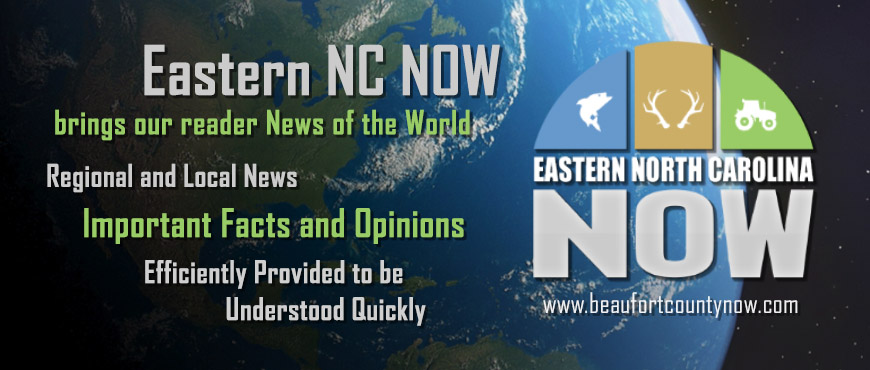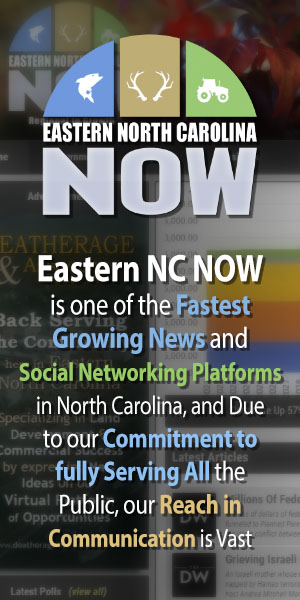Publisher's note: The John William Pope Center for Education Policy provides a treasure trove of information suggesting the better path forward in regards to North Carolina's number one issue - public education. Public education, at all levels, requires a significant amount of funding from our state government, and all one hundred North Carolina counties, so it is essential that leaders effecting education policy get it right, and know that concerned entities, like the John William Pope Center, will be minding their progress to do so. We welcome the John William Pope Center for Education Policy to our growing readership, and expect our readers to learn all they can to do their part in this wise endeavor to better educate our People.
The author of this post is Harry Painter.
Listen to members of the education establishment, and you will hear that not enough people are going to college. Listen to higher education reformers, particularly political conservatives, and you will hear that too many are going to college. Meanwhile, business owners and managers say they can't find workers with the skills they need, particularly in the skilled manual and technical fields. Statistics show that there is massive underemployment, there are high college dropout rates, and there are huge student debt burdens. Many students change majors several times and take six or more years to graduate.
Why so much confusion and incoherence? One likely place to look is the advice students receive-or don't receive-from high school guidance counselors. Whether a solution can be found in more guidance or different guidance deserves closer inspection.
There certainly seems to be a deficiency in the number of counselors. A 2014 report from the U.S. Education Department's Office of Civil Rights found that one in five high schools has no guidance counselor. The American School Counselor Association finds that many schools that have counselors don't have nearly enough. The advocacy group recommends a counselor-to-student ratio of 1:250, while the national number is almost twice that at 1:478. Only three small states and the U.S. Virgin Islands come close to the recommended figure.
Obviously, there is a limit to how many students to which a single counselor can provide individualized guidance. Rather than achieving the ideal of a mentor who gets to know students and guides them into good decisions about their present and future, over-burdened counselors may only be able to offer one-size-fits-all advice or simply process paperwork for college applications. Throw in the fact that counselors may need to deal with students who come from unstable or struggling families and that serious social pathologies abound, and the potential for individualized attention for students who might benefit from alternate post-high school paths becomes minimal.
Along with being overwhelmed by the sheer number of students who need their attention, many counselors may not have the proper knowledge to do the job well. High school counselors have a lot of training: more than 80 percent have master's degrees, and they must pass a test and get licensed in most cases. But according to higher education analyst and author
Lynn O'Shaugnessy, they might be getting the wrong kind of training.
According to the American School Counselor Association, counselors are generally required to take advanced degree courses in theory, human and growth development, social and cultural foundations, testing/appraisal, research and program evaluation, professional orientation, career development, and individual and group counseling. They also usually participate in a supervised practicum and a supervised internship.
Despite all that education, more than half of counselors reported in 2012 that they felt only moderately well trained, and more than a quarter reported that their training did not prepare them at all.
In one glaring example, according to O'Shaugnessy, graduate counseling programs rarely offer a single class in planning for college.
As a result, counselors' advice is often insufficient. O'Shaugnessy highlights a Bill & Melinda Gates Foundation study that found that 67 percent of Americans with some postsecondary education said their guidance counselors did only a "fair" or "poor" job of helping them pick a college. When it came to helping them "think about different kinds of careers," 62 percent of Americans answered the same way.
It may be that guidance counselors focus too much on finding out what students want, rather than getting them to see the full range of possibilities in the workforce. At Guilford Technical Community College in North Carolina, an analysis of 2009 data about incoming high school graduates showed that an inordinate amount of incoming high school graduates wanted to study psychology-roughly 30 percent, according to Ed Bowling, director of a Gates Foundation-funded college completion initiative in the state called Completion by Design.
Also missing from counselors' toolkits is expertise in labor markets and knowledge of the full range of ways for graduates to move forward after high school. Many young people may be better off exploring apprenticeships and other on the job training, immediate employment, technical training, certificate and licensing programs, the military, and other options.
One solution for addressing guidance shortcomings that has appeared in several states is the concept of "Career Coaches"-advisors employed by the community college system to guide high school students. That is, the coaches work for the community colleges, but they work at a high school.
Central Carolina Community College in Sanford has employed career coaches for a year, implemented as part of its Central Carolina Works (CCWorks) program. The program embeds nine counselors at high schools in the three counties surrounding the college. But while most counselors might be inclined to encourage students to attend four-year colleges, CCWorks places special emphasis on career and technical education. CCWorks is being considered as a model for the rest of the state; a
bill is under consideration in the senate to expand the Career Coaches program statewide under an initiative called
NCWorks. The legislature is expected to set aside $1.5 million for the cost of paying the coaches.
Other states have implemented similar programs, including Alabama, Arkansas, and Virginia, which has had a Career Coach program since 2005. Virginia's program began with 11 coaches in 13 high schools and has now expanded to 130 coaches in 180 high schools. Virginia's program is funded by a combination of the state community college system and local schools.
Virginia's program seems to have had considerable impact. In the 2009-10 academic year, 71 percent of students who previously had no postsecondary plans did so after meeting with a coach.
Some of the results are surprising. Virginia reported that 28 percent of students who had planned to go to community college decided instead to plan for a four-year degree. Additionally, both students and principals expressed initial satisfaction with the coaches and became more satisfied as time progressed.
There are other projects that could shake up the guidance profession. Virginia Brown, who oversees North Carolina's CCWorks as Central Carolina Community College's director of secondary partnerships, told the Pope Center that CCWorks is modeled after a UNC-Chapel Hill organization called the Carolina College Advising Corps, which in turn is a chapter of the Chapel Hill-based National College Advising Corps. Similar to CCWorks, the organization sends recent graduates to high schools in urban and rural areas and seeks to match students with colleges where they are likely succeed academically. That can mean either two- or four-year colleges. Unlike the state-funded CCWorks, the College Advising Corps is funded for the most part by philanthropy.
Another idea that could take off in the future is online advising, called "e-mentoring." Private organizations are working with public high schools to offer
e-mentoring free of charge to students. And websites such as ConnectEdu have aimed to become a sort of
eHarmony for college, connecting students with matching colleges.
Perhaps there is no single quick fix to the guidance problem. But the emergence of a holistic, individual-centered approach to guidance, which informs students of alternate paths, is promising. Innovations such as Career Coaches are addressing an issue that public high schools have been straining to solve. Raising awareness of alternate careers, apprenticeships, and earning non-degree certificates will allow more students to enter the workforce early and without amassing debt. That may not be the right path for everyone, but more high school graduates need to be aware of those options and more. Any progress in this long-neglected area is welcome.






















